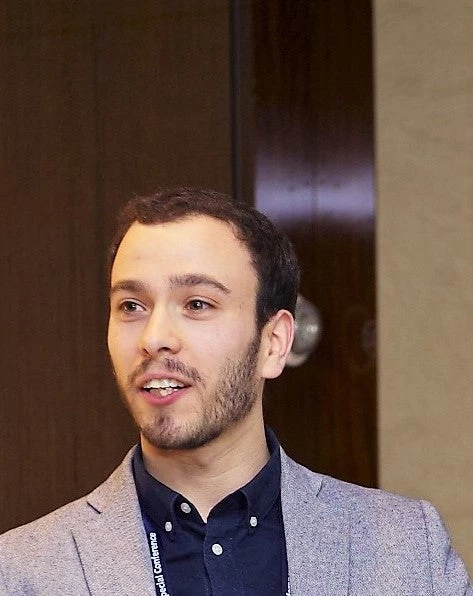In May 2020, the International Comparison Program (ICP) published new purchasing power parities (PPPs) for the 2017 reference year. PPPs are the principal data used in the measurement of global poverty to convert household income or consumption expenditure into a common currency, while accounting for price differences across countries.
When new PPPs are published, the World Bank revises its global poverty lines — so they are expressed in the reference year of the new PPPs — as well as global poverty counts based on the new poverty lines. Following the recent release and analysis of the 2017 PPPs, the World Bank has announced that, in fall 2022, it will adopt these latest poverty lines for global poverty monitoring.
With the new PPPs, the international poverty line (IPL) — which is used to measure extreme poverty — changes from $1.90 (2011 PPP) to $2.15 (2017 PPP), as we explain in a recent working paper and in a companion blog. This means that all individuals living on less than $2.15 a day will be considered as living in extreme poverty. The higher poverty lines typically used to measure poverty in lower-middle- and upper-middle-income countries will get updated from $3.20 (2011 PPP) to $3.65 (2017 PPP) and from $5.50 (2011 PPP) to $6.85 (2017 PPP).
But how do the new PPPs change our understanding of global and regional poverty profiles?
In general, the 2017 PPPs do not substantially change the regional distribution of people living in extreme poverty. Table 1 summarizes the main findings for poverty in 2017, the year of the PPP data. Extreme poverty decreases slightly by 0.2 percentage points to 9.1%, reducing the global count of the extreme poor by 15 million. You may wonder how the international poverty line can increase by a quarter of a dollar and yet the global number of poor can decrease. The reason is that in some poor countries, individuals’ purchasing power has risen marginally.
The limited change in the global poverty count is largely driven by a decline in the number of people living on less than $2.15 a day in Sub-Saharan Africa — a region that still accounts for more than half of the extreme poor in the world. About 62% of the world’s poorest people in 2017 lived in Sub-Saharan Africa as measured with the 2011 PPPs. With the 2017 PPPs, this number will decline slightly to 58%.
Table 1: Changes in global and regional poverty in 2017 with the 2017 PPPs
Note: See Jolliffe ⓡ al. (2022) for more details.
At the $3.20-line (for lower-middle-income countries), poverty increases at the global level by 0.6 percentage points, or by 43 million poor people. This change at the global level hides offsetting changes at the regional level: Poverty increases in East Asia and Pacific, Europe and Central Asia, Latin America and the Caribbean, and South Asia, while poverty decreases in the Middle East and North Africa and Sub-Saharan Africa.
Poverty increases substantially across all regions in the world at the highest global poverty line of $5.50 (for upper-middle-income countries). About 321 million more people in the world will be considered poor in 2017 by the new standard. Much of this change is driven by the relatively considerable upward revision to the global poverty line from $5.50 to $6.85, which is explained by changes in the national poverty lines of upper-middle-income countries. In other words, since we last updated the global lines, upper-middle-income countries increased the standards by which they determine people to be poor, and hence the global population that fails to meet the standard is higher. More details about the drivers of the changes in the global poverty lines can be found in our working paper.
When applied retroactively, the 2017 PPPs slightly increase historical estimates of extreme poverty and slightly decrease extreme poverty since 2014. But the general pattern of a rapid decline in global extreme poverty over the past decades with a slowdown in recent years remains very much the same. Figure 1 shows the changes in global and regional poverty trends at all three global poverty lines.
Figure 1: Changes in global and regional poverty trends with the 2017 PPPs
Our analysis suggests that the 2017 PPPs do not significantly alter our understanding of the historical trends and regional breakdown of extreme poverty. Whether 2011 PPPs or 2017 PPPs are used, global poverty has decreased substantially since 1990, extreme poverty is increasingly becoming concentrated in Sub-Saharan Africa, and just below 700 million people lived in extreme poverty in 2017.
The authors gratefully acknowledge financial support from the UK Government through the Data and Evidence for Tackling Extreme Poverty (DEEP) Research Program.







Join the Conversation